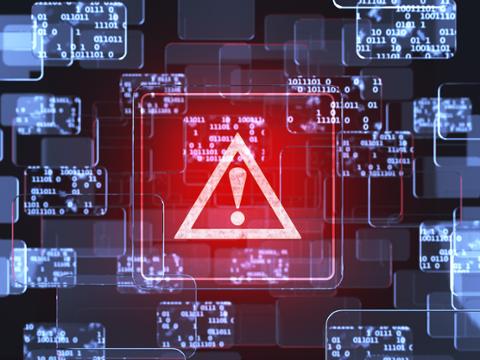Microsoft Power BI is a data analysis and visualization tool that’s utilized by many technologists to uncover insights into data sets. It’s generally viewed as a competitor to Tableau and other business-intelligence platforms, and it’s in use at many companies. If you’re interested in anything related to data analytics, it’s probably a good idea to become familiar with it. But where should you start when it comes to Power BI training?
What is Power BI Used For?
Like many data analytics tools on the market, the Power BI service is useful for technologists who want to quickly analyze data and generate visualizations. In the grand tradition of many Microsoft tools, it appeals to many companies because it interoperates with existing Microsoft software in their technology stacks, including Excel, Azure and Teams. Visualizations can also help technologists sell ideas to other stakeholders throughout the organization.
Is It Worth Learning?
According to Burning Glass, which collects and analyzes millions of job postings from across the country, jobs asking for Power BI skills will increase 34.6 percent over the next ten years. The median salary for jobs that involve Power BI skills, meanwhile, stands at $87,000 per year, rising to more than $120,000 for those with the right mix of experience and skill. That potentially makes learning Power BI worth the time and resource investment.
Can I Get a Job After Learning It?
You can certainly land a job after learning Power BI—the question is, which jobs? Let’s turn again to Breaking Glass for an analysis of which tech jobs request knowledge of this platform. Here’s the breakdown:
As the chart makes clear, postings for data-related jobs (such as data mining analyst, business intelligence analyst, and business intelligence architect) feature the most Power BI mentions in job postings; if you’re applying for a job as a software developer or engineer, it’s less likely that a job you’re targeting will want you to possess knowledge of this particular platform. It’s a similar story with project managers and certain types of business and systems analysts.
Can Power BI Be Learned Online?
Absolutely! In fact, given everything going on with COVID-19, the bulk of all technologist instruction has moved online. If you’re interested in a Power BI learning journey, start with Microsoft’s own Learn Power BI page, which offers everything from example dashboards and visualizations to “guided learning” (i.e., videos and articles).
Once you’ve mastered some of the fundamentals, Microsoft has more specialized instruction modules, including the creation of analytics reports, managing data sets, and modeling data.
If you don’t want to learn from the source, there’s also a free tutorial in Power BI basics on Udemy. EDx has additional resources, including a breakdown on how to visualize data using the platform.
What Else Do I Need to Know?
Employers asking for Power BI experience often want you to possess a number of other skills related to data analytics (especially if it’s a data analytics job). In light of that, it’s useful to also know SQL, the aforementioned Tableau, data analysis, Python (which is a rapidly rising programming language within data analytics), data warehousing and visualization, and SQL Server. These can all take quite some time to learn, but they’re all skills you’ll find intensely useful throughout your career.
Related Power BI Jobs Resources:
| Power BI Developer Salary |
Sign Up Today
Want more great insights? Create a Dice profile today to receive the weekly Dice Advisor newsletter, packed with everything you need to boost your career in tech. Register now



